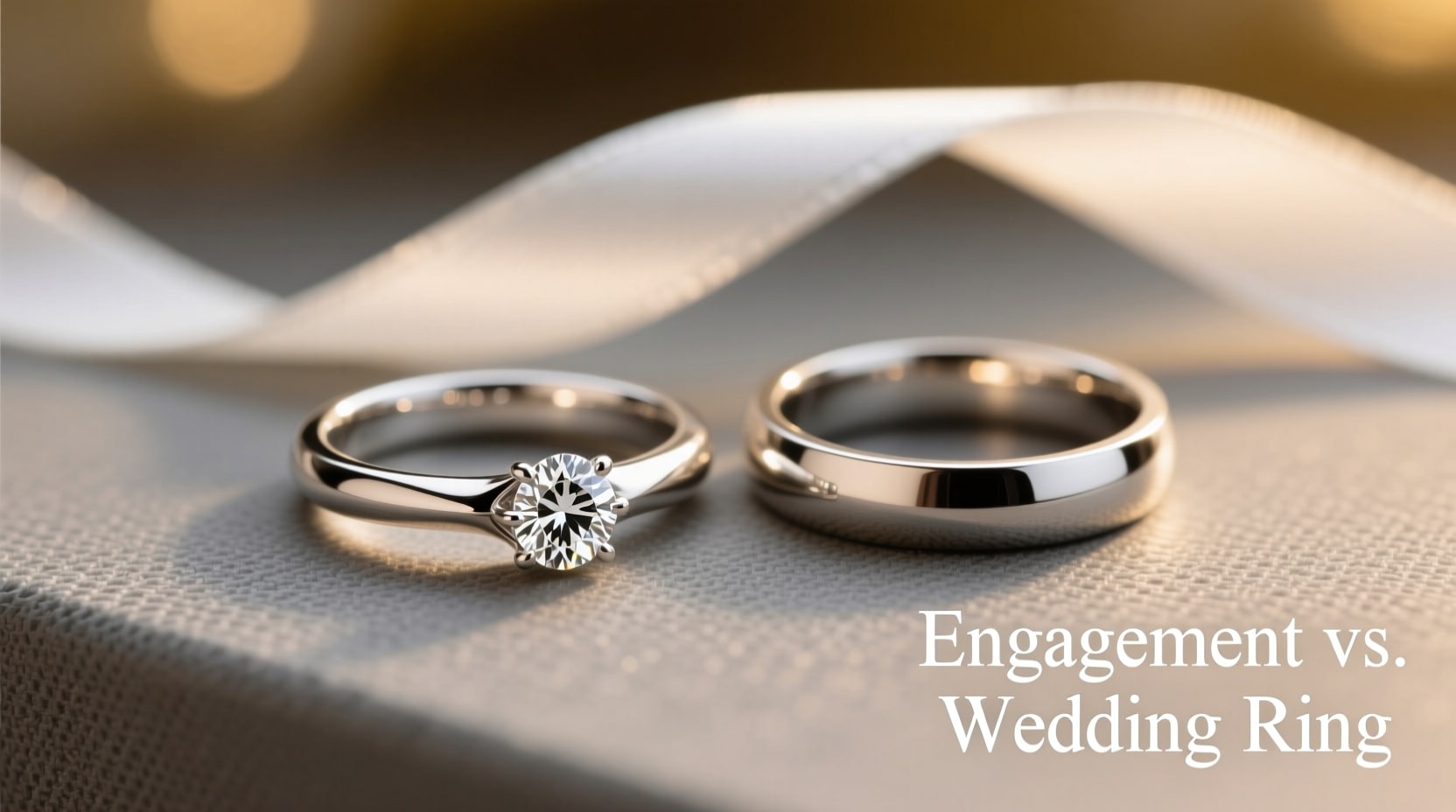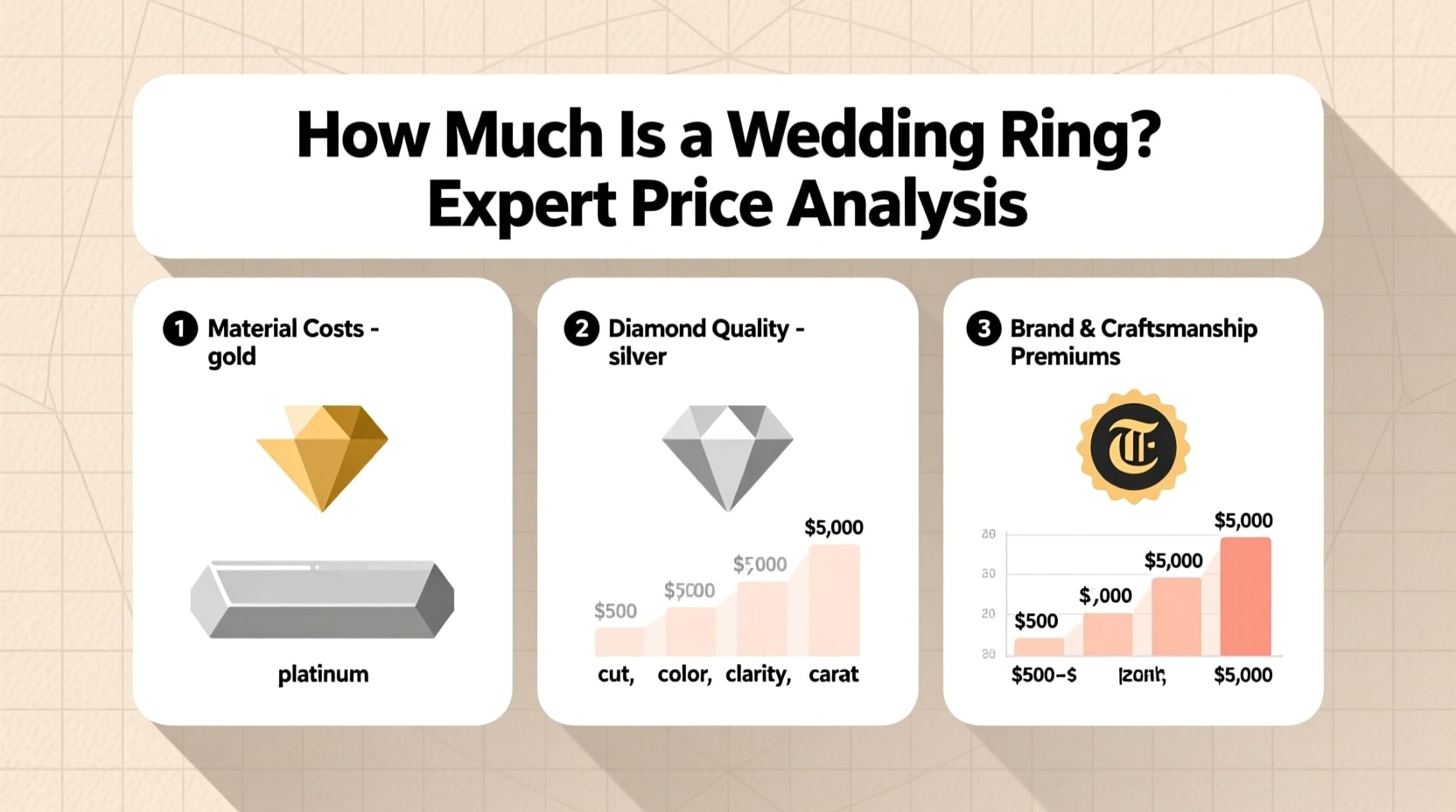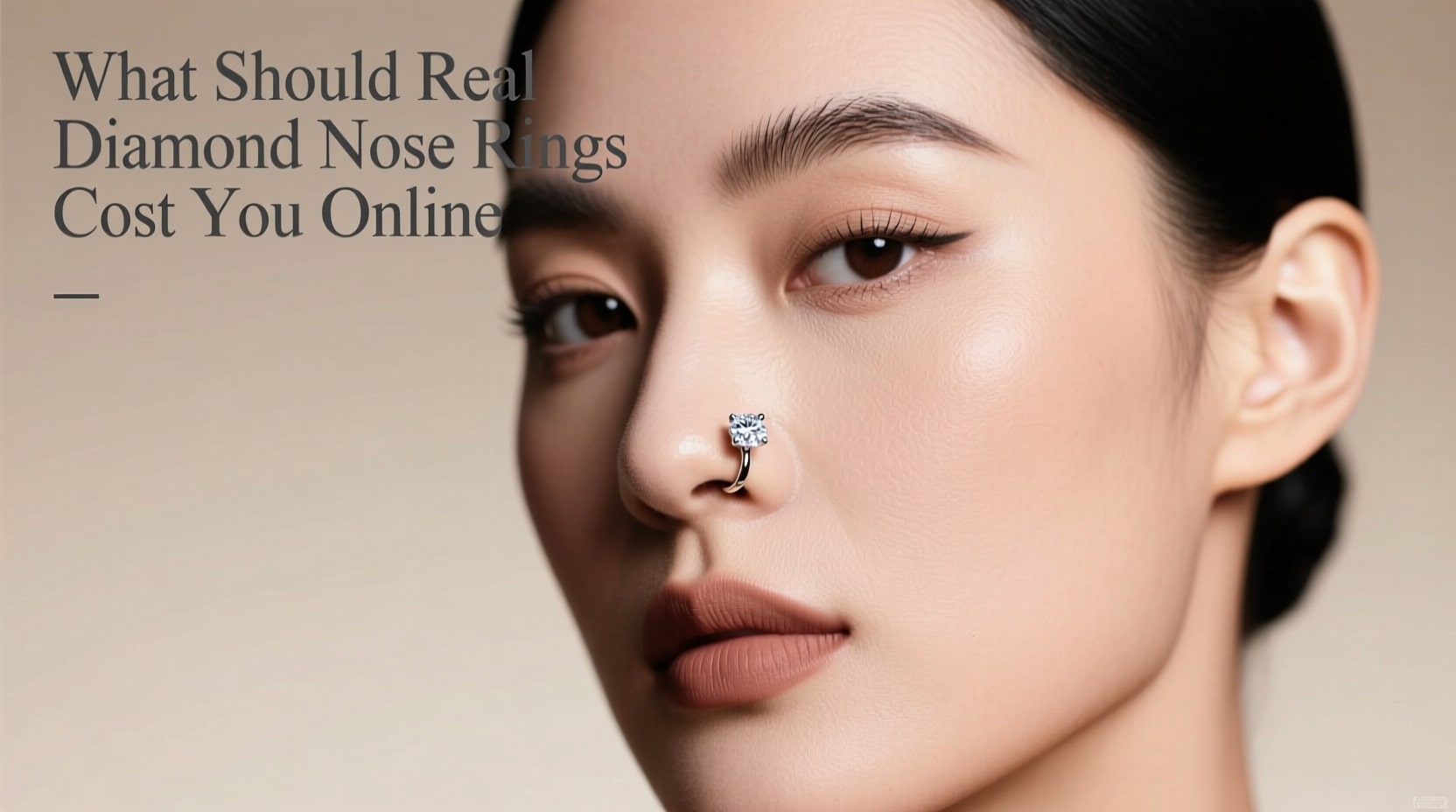When couples begin their journey toward marriage, one of the most exciting yet confusing aspects involves selecting the perfect rings. Understanding the differences between engagement vs. wedding ring designs is essential for making informed choices that reflect your personal style and relationship. While both rings symbolize love and commitment, they serve distinct purposes and feature unique design elements that set them apart from each other.
The Core Purpose Behind Each Ring
With different meanings, engagement rings and wedding bands are given at two different points along the way for two different reasons, respectively. Engagement rings often “pop the question” and are traditionally given at the time of proposing as a token of tranquility in both the immediate and distant future. Worn by the love of one’s life, it has a personal tie during the engagement!
Wedding bands, the same as wedding rings, are exchanged between the couples during the actual wedding ceremony. These rings are decidedly meant to be given during the vows and symbolize the official consecration and eternal bond between the two. The perfect circle of the ring is actually symbolic of eternity and infinite love; thus, the rings are worn at the radiated interval of the meaning of love laced with true waiting.
Design Complexity and Engagement vs. Wedding Ring Aesthetics
One fundamental difference between the two types of rings would be the presence of complexity in the creation of the design. Generally, engagement rings will be detailed, eye-catching, and overly prominent; grippingly glamorous in design. They may have just one overbearing center stone, often a diamond crowning the ring itself. From solitaire settings to complex pieces with halos, which are inlaid with a line of small stones, the tension amongst the two bonds builds!
On the flip side, wedding rings are considered undecorated and simple. The design of the wedding bands is marked by a practical, straightforward approach and usually results in a plain band without gemstones. The matter of taste has exploded the walls, and a lot of people nowadays select small diamonds or any other non-diamond material by choosing them inlaid on the metal of the band—reasonably to bring out a gentle plea without overpowering the engagement ring.
Understanding Gemstone Placement and Selection
More or less, the criteria very well change on these categories when it comes to gemstones. If it’s an engagement ring, it has to have a remarkably beautiful center stone, along with appropriate cuts of diamonds that’ll range from the round brilliant and princess to the marquise, pear, and cushion shapes. The setting style is what raises this gemstone, be it through prong settings maximizing the light’s exposure or bezel settings giving a little more protection with a contemporary feel.
Now, wedding bands are quite different from this in their own way of including the stones. If they have any stones, they are most probably in channels, pavé, or eternity, where a small stone goes all around the ring. They don’t really compete with the engagement ring, as they complement it to allow both rings to be worn on the same finger and create harmony.
Metal Choices and Band Width Considerations
Rings of both types are made in various metals, including platinum, white gold, yellow gold, rose gold, and alternative metals such as titanium or tungsten. However, engagement and wedding rings are usually different in terms of band width and sometimes even in band profiles. Engagement rings have thin, dainty bands that rarely take attention away from the center stone.
Wider wedding bands create the heavier, more robust feeling, indicating heavy commitments. Some will have both rings made of the same metals so they match when worn together, while others go for different metals to create a more current, individual look. In the end, it is an individual’s choice and lifestyle considerations that determine the final product.
Wearing Traditions and Stacking Styles
Traditionally, both rings are placed on the fourth finger of the left hand, which most cultures believe has a vein of love running directly to the heart. The band will be closest to the hand, with the engagement ring positioned above that. It indicates the closest place for the wedding ring to be next to the heart.
However, some modern ways of reinventing this tradition still exist with some people. Some wear their engagement ring on one hand while the wedding band gets placed on another. Others choose those end-to-end fitting engagement rings along with complementary wedding bands to create a seamless bridal set that looks like one piece of jewelry.
Price Points and Investment Perspectives
On average, these two types of purchases tend to differ most in terms of finances. Engagement rings usually become much bigger presents than wedding rings owing to their crafty and ostentatious gemstones. Though, this tradition of spending a certain percentage of income on engagement rings has evolved from the time to couples now prioritizing what they feel is right under their budgets and values.
Wedding bands are usually less expensive than engagement rings, though this depends on the choice of metal, if any gems are included, and the complexity of the design. While some couples will spend more of their budget on matching wedding bands that have intricate details, others will prefer a simple, inexpensive band that will have symbolic rather than monetary worth.
Customization and Personal Expression
Both types of rings allow for some degree of tailoring, but couples usually personalize them differently. For example, an engagement ring may have family heirloom stones, a one-of-a-kind cut, or a custom design that perfectly reflects the recipient’s personality. These rings usually narrate the story behind the relationship or have something significant to it.
Those personal touches can also be made on wedding bands by engraving them, using or incorporating birthstones, or choosing nontraditional materials. Among the most common additions to wedding bands is the engraving of a wedding date, initials, or significant phrases, which can be intimate, personal details hidden from the sight of others but meaningful to the one wearing them.
Making Your Selection With Confidence
Deciding on styles between the different options for rings involves understanding your lifestyle, aesthetic tastes, and budget limitations. Consider segments where you engage in daily activities, career requirements, and personal comfort within the design. Someone who leads a very active lifestyle would prefer settings as lower-profile and made of durable metals for someone in a creative profession instead of loud, extravagant designs.
These purchases should be thrilling, not daunting. Time should be spent finding different styles to try, researching different designers, and having tons of open discussion with your partner. As these rings accompany you always through the thick and thin of marriage, it would be good to make a wise decision.
The most compelling part of the story in learning the blatant difference between engagement vs. wedding rings is that it enables couples to choose rings most resonant with their unique narratives of love. Amidst the classic designs reserved for timeless sentiments or trendy modern-day ones, the only consideration left in the comparison of these rings would be the affinity with which a couple selects an eternity ring—a ring kept for the rest of one’s life and worn with pride as the emblem of continuing commitment to one another.






